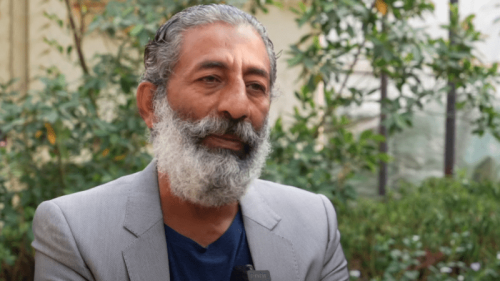A SLUMP in basmati rice exports is having a damaging effect on Pakistan’s economy. It has exacerbated rural poverty, with catastrophic consequences for small farmers.
The causes of the slump are complex, and both national and provincial governments are facing criticism for their failure to act.
Pakistan’s basmati rice exports have declined by 40pc in the past four years, from 1.1m tonnes in 2011 to 676,630 tonnes in 2015, according to the Rice Exporters Association of Pakistan (Reap). Consequently, the domestic market has been overwhelmed by an unmanageable glut, with an accumulated surplus of 1m tonnes.
This has driven down domestic prices by 50pc, from Rs4,500/maund (40kg) in 2012 to Rs2,200/maund in 2015. If the surplus is not reduced, there are fears of a further collapse in domestic prices.
Basmati has traditionally been an export crop. Until recently, 60pc of the 2m tonnes produced each year has been sold abroad, generating around $2bn for the national economy. The trade has played such an important role in the alleviation of rural poverty that it has been considered too important to be left to the mercy of market forces.
In previous years, the government gave the task of removing the glut from the domestic market to the Pakistan Agriculture Storage and Supplies Corporation and the Trading Corporation of Pakistan. But neither organisation now seems to be fulfilling this role, and the federal government has been accused of neglecting its duty to regulate the market.
There is a strong case for the crop to be protected and its exports to be developed. But a continuing crash in domestic prices will discourage farmers from growing basmati, leading to adverse consequences for rural livelihoods and the economy as a whole
The responsible departments of the federal government — the Trade Development Authority of Pakistan and the commerce ministry — have failed to act, as has Punjab’s provincial agriculture department.
In the same period that Pakistan’s basmati exports declined 40pc, India’s exports rose by 50pc, according to Airea statistics. India’s gains include an estimated 400,000 tonnes of exports won over from Pakistan through competitive advantage.
One of the reasons for Pakistan’s loss of competitiveness is its low yield rates, which have been stagnant at 25-30 maunds/acre. The variety of seed used in the country was developed in the mid-1990s and is now susceptible to pests and diseases.
Meanwhile, electricity shortages have increased the cost of production, and some rice mills are operating at only half their capacity. Problems with law and order in Karachi have raised the cost of shipping.
The inefficiencies in the rice trade make it crucial for the government to regulate the market. In 2008, the government tried to impose a minimum export price (MEP), but it had bowed to pressure from exporters and abolished the price within four months. India, by contrast, has kept its MEP and has seen its exports rise continuously.
While the Reap is seen as focusing on maximising the industry’s short-term profits, the Indian private sector has made long-term investments in developing new seeds and engaged in aggressive marketing to boost its exports.
The world is prepared to pay a premium for Pakistan’s basmati rice because of its natural taste and aroma. There is a strong case for the crop to be protected and its exports to be developed. But a continuing crash in domestic prices will discourage farmers from growing basmati, leading to adverse consequences for rural livelihoods and the economy as a whole.
Instead of taking responsibility, the exporters and traders blame the government and the farmers for using archaic seeds and production methods. They have opposed official intervention in the trade cycle, claiming that setting a MEP subsidises inefficiencies. For their part, the farmers blame the traders for pressurising the government to abolish the MEP and to procure rice to clear the glut.
All of this is in sad contrast to what has been happening in India. One might conclude that Pakistan could learn useful lessons from India’s success in creating a win-win situation for farmers, exporters and the economy.
The first step would be to expand the share of rice going to the export market, which demands a multi-pronged strategy, ranging from reforms in the domestic market to much more efficient marketing of exports abroad.
The writer is an academic at SOAS, University of London, and a senior fellow at Bloomsbury Pakistan
Published in Dawn, Business & Finance weekly, December 7th, 2015













































